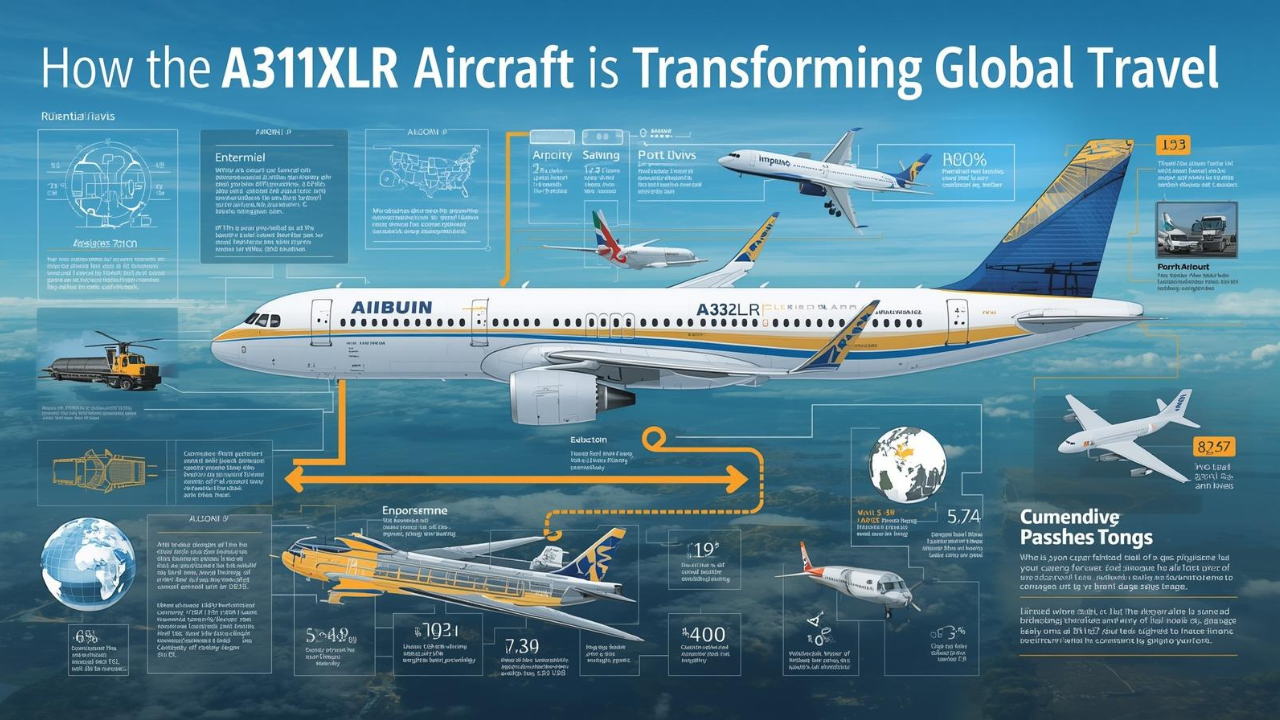
Post by : Meena Rani
In an industry long dominated by wide-body giants for transoceanic routes, the Airbus A321XLR (Extra Long Range) is quietly orchestrating one of the most significant shifts in commercial aviation since the introduction of the Boeing 787 Dreamliner. Certified in 2024 and entering service with Iberia in late 2024, the A321XLR is not merely an incremental upgrade—it's a paradigm shift.
With a maximum range of 4,700 nautical miles (8,700 km), the A321XLR can connect cities previously reserved for twin-aisle aircraft—like New York to Rome, Dubai to Sydney (via refueling), or London to Delhi—using a single-aisle platform. This capability is not just technical; it’s economically disruptive.
“The A321XLR allows airlines to open profitable long-haul routes that were previously impossible with narrow-body aircraft—and uneconomical with wide-bodies.”
— Christian Scherer, Airbus Chief Commercial Officer
This article explores how the A321XLR is transforming global travel through three core pillars: extended range, operational savings, and enhanced passenger comfort. We’ll examine real-world deployments, airline strategies, passenger experience upgrades, and the broader implications for route networks, sustainability, and competition with legacy carriers.
The A321XLR achieves its extraordinary range through a combination of aerodynamic refinement, weight optimization, and a rear center tank (RCT)—a 12,900-liter auxiliary fuel tank integrated into the rear fuselage. This is in addition to modified wing tanks and standard A321neo fuel capacity.
| Parameter | A321LR | A321XLR | Improvement |
|---|---|---|---|
| Maximum Range | 4,000 nm | 4,700 nm | +17.5% |
| Fuel Capacity | 32,900 L | 45,800 L | +39% |
| MTOW | 97 tonnes | 101 tonnes | +4 tonnes |
| Typical Seating (2-class) | 206 | 195–200 | Slight reduction for range |
Table 1: A321XLR vs A321LR key specifications. Source: Airbus (2025)
Since entry into service, the A321XLR has enabled groundbreaking routes:
These routes were previously either unprofitable or required larger aircraft with higher breakeven loads. The A321XLR’s ability to fly 8–9 hours nonstop with 180–200 passengers changes the economics of “thin” long-haul markets.
The A321XLR’s cost advantage stems from three factors:
“On a 3,500 nm route, the A321XLR burns approximately 2.9 tons less fuel per flight than an A330-200.”
— Airbus Performance Analysis, 2025
JetBlue launched London–Boston and London–New York in 2021 with A321LR. With the XLR, they’re expanding to:
JetBlue reports break-even load factors below 60%—a figure legacy carriers struggle to match with 767s or A330s.
The A321XLR operates from Category C gates, uses standard jet bridges, and requires no special pushback tugs. This reduces airport slot congestion and enables operations from secondary airports like London City, Porto, or Bergen—unfeasible for wide-bodies.
Airbus’s Airspace cabin—standard on all A321XLRs—includes:
Leading operators are installing full-flat beds in business class:
| Airline | Business Seats | Layout | Privacy Doors? |
|---|---|---|---|
| Iberia | 14 | 1-1 staggered | Yes |
| United | 16 | 1-1 Thompson Aero Vantage | Yes |
| Aer Lingus | 16 | 1-1 Collins Aerospace MiQ | No |
Table 2: A321XLR business class configurations by launch operators
All XLRs are delivered with high-speed Ka-band satellite Wi-Fi (via Inmarsat GX or Viasat), USB-C/USB-A ports at every seat, and 15.6" 4K IFE screens in premium cabins. Economy passengers enjoy wireless streaming to personal devices.
The A321XLR enables point-to-point long-haul flights, reducing reliance on mega-hubs like Dubai, Singapore, or Frankfurt. Examples:
Cities like Bristol, Bilbao, and Boise are gaining direct transatlantic links. This democratizes international travel and boosts regional economies.
Airlines can deploy A321XLRs on high-demand seasonal routes (e.g., Skiathos–New York in summer) and redeploy to domestic trunks in winter—impossible with dedicated wide-bodies.
The A321XLR emits 20–25% less CO₂ per seat than 767-300ER or A330-200 on comparable routes. With 195 passengers, it achieves ~70 g CO₂/pax/km—among the lowest in commercial aviation.
Certified for 50% SAF blends from day one, with 100% SAF approval expected by 2027. Iberia flew the first XLR commercial flight using 38% SAF in November 2024.
LEAP-1A engines and sharklet wingtips reduce noise energy by 50% vs ICAO Chapter 14 standards—critical for night curfews at airports like London City or San Diego.
Boeing has no direct A321XLR competitor. The 737 MAX 10 tops out at ~3,300 nm, and the rumored NMA (New Midsize Airplane) remains unfunded. Boeing is instead pushing 787-8 for thin routes—but at twice the operating cost.
Carriers like Norwegian, LEVEL, and PLAY are studying A321XLR for next-gen transatlantic models with hybrid fare structures.
Despite its strengths, the A321XLR is not a wide-body replacement:
Airlines mitigate this with premium-heavy configs and preighter conversions during off-peak cargo seasons.
Airbus has 550+ firm orders for the A321XLR as of Q3 2025, with production sold out through 2029. Key milestones ahead:
The A321 family now accounts for 60% of Airbus narrow-body backlog—a testament to the XLR’s influence on fleet planning.
Ready to experience the A321XLR revolution? Book your next long-haul flight on the world’s most efficient single-aisle jet →
The Airbus A321XLR is more than an aircraft—it’s a catalyst for change. By combining long-range capability with narrow-body economics and modern comfort, it is:
As more A321XLRs enter service through 2026–2030, expect a flattening of the global airline network: fewer mega-hubs, more direct connections, lower fares, and greater choice for travelers.
The future of long-haul isn’t bigger—it’s smarter. And the A321XLR is leading the way.
Airbus A321XLR enables long-haul flights on narrow-body jets, cutting costs and boosting passenger comfort on routes up to 4,700 nm.

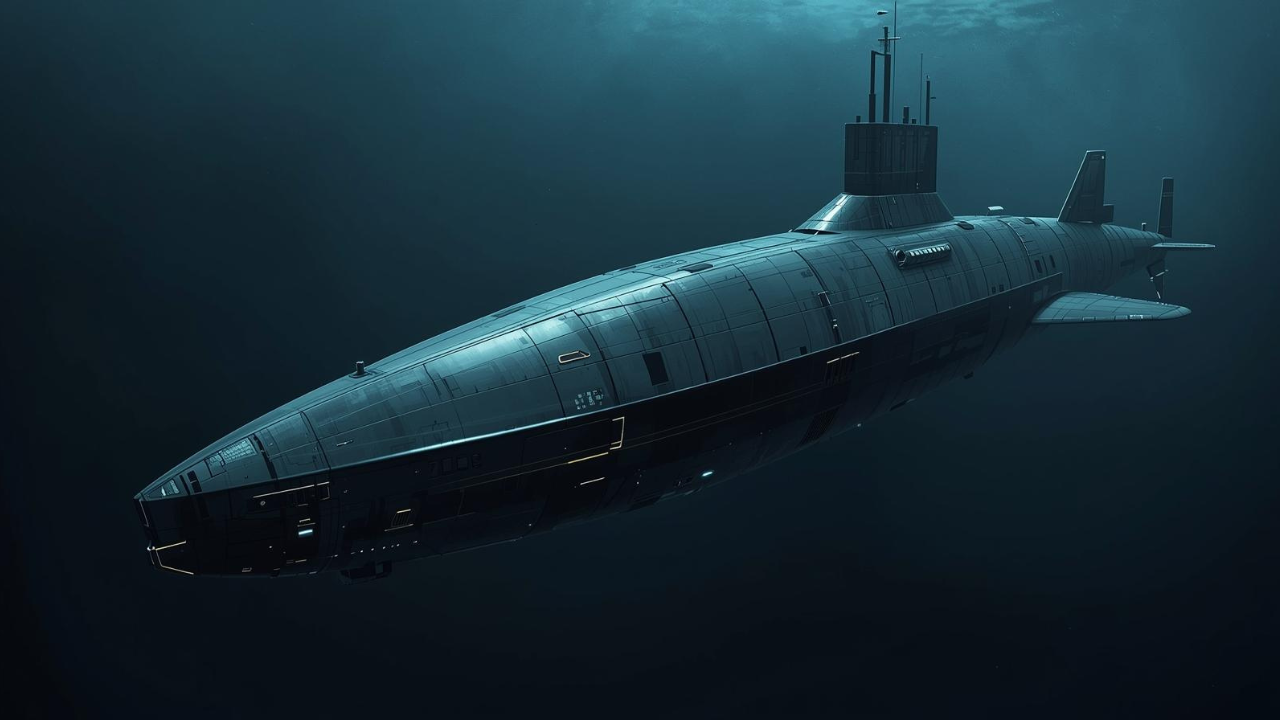
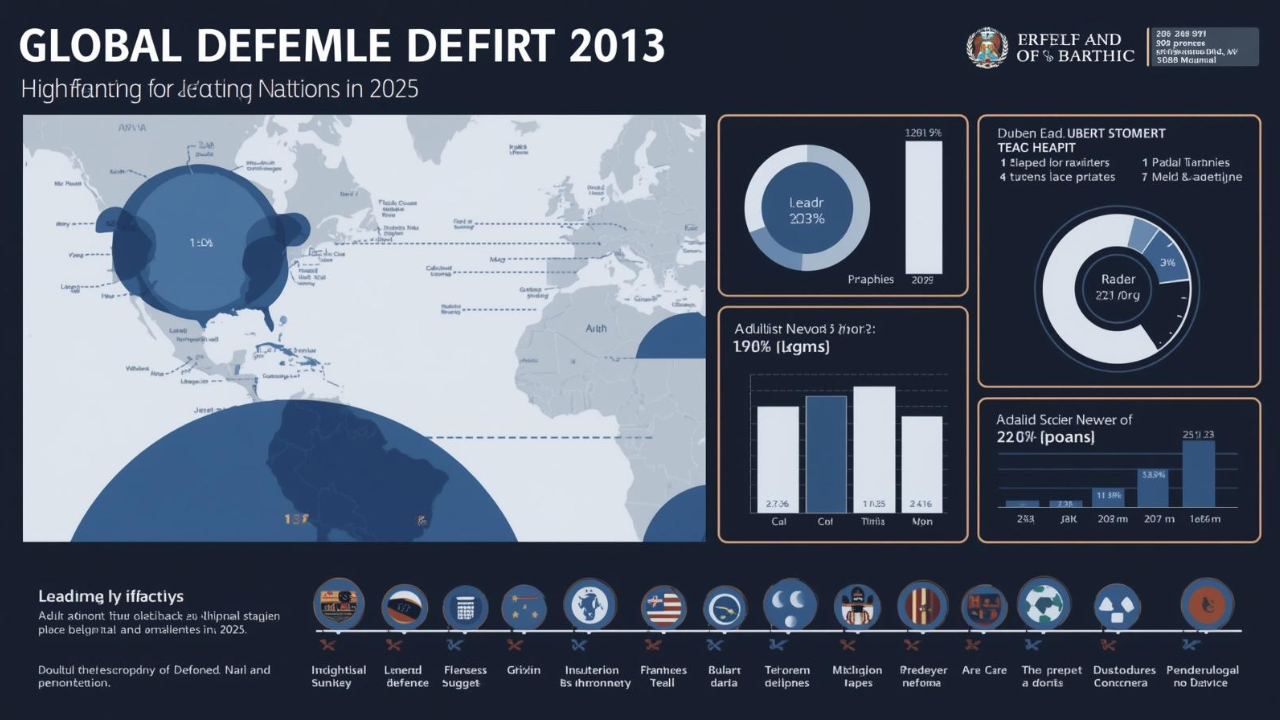


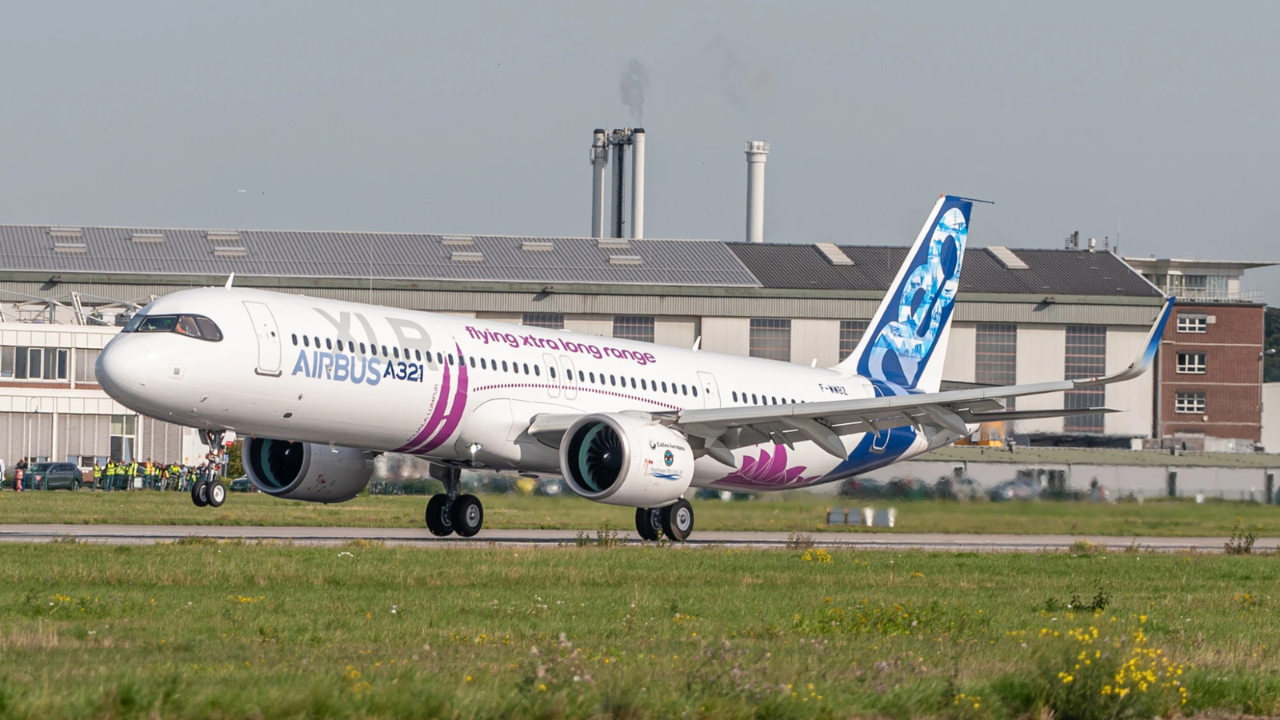

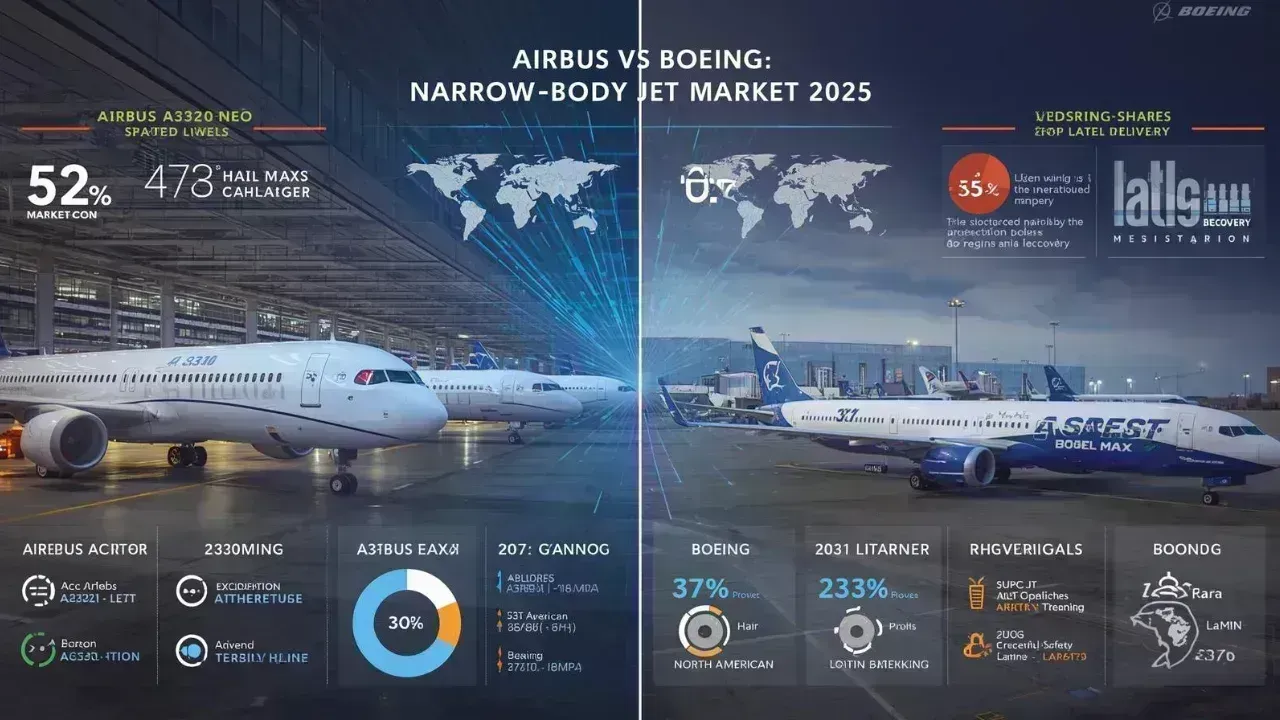
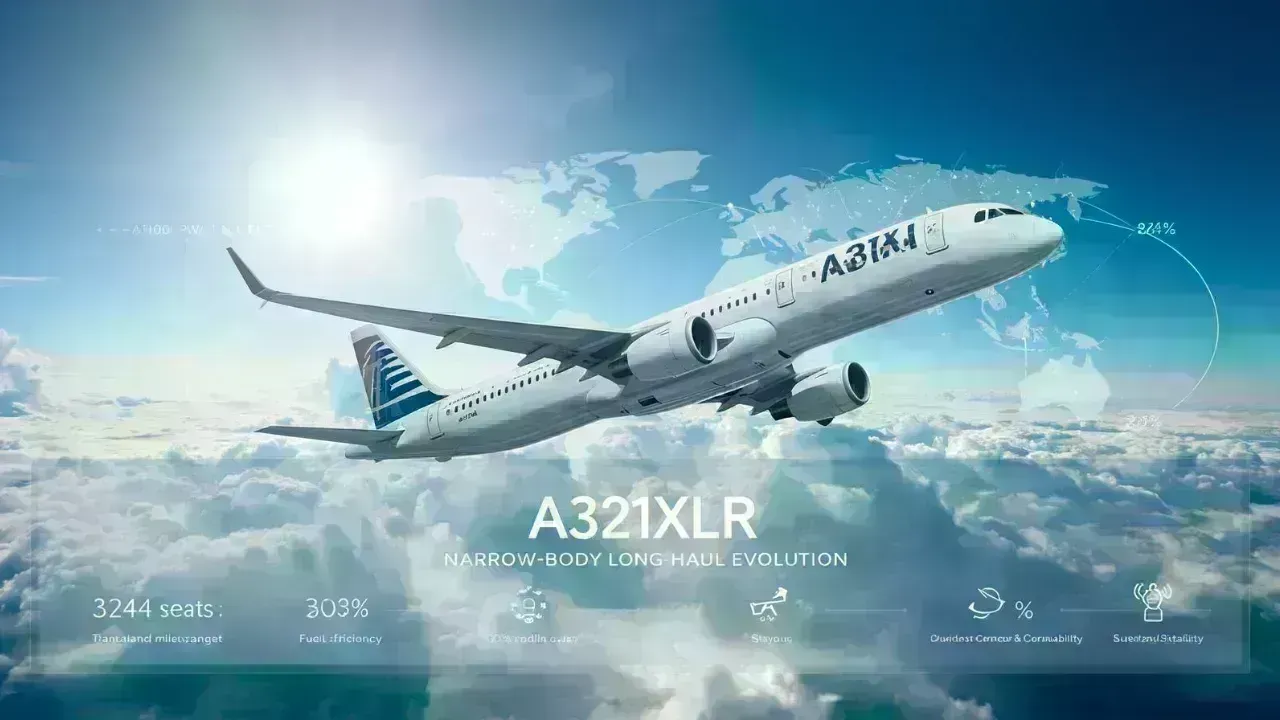

Bengaluru-Mumbai Superfast Train Approved After 30-Year Wait
Railways approves new superfast train connecting Bengaluru and Mumbai, ending a 30-year demand, easi

Canada Post Workers Strike Halts Nationwide Mail and Parcel Services
Canada Post halts operations as CUPW strike disrupts mail and parcel delivery nationwide amid disput

PM Modi Launches BSNL ‘Swadeshi’ 4G Network, 97,500 Towers Built
India enters global telecom league as PM Modi inaugurates BSNL’s indigenous 4G, connecting 26,700 vi

India’s Iconic MiG‑21 Takes Final Flight After Six Decades of Service
After 60 years India retires its MiG‑21 fighter jet, a legendary yet controversial warplane marking

Hindustan Zinc unveils AI hotspot monitoring at Debari smelter
Hindustan Zinc launches AI-powered Switchyard Hotspot Monitoring at Debari smelter to cut outages bo

Chinese experts worked inside sanctioned Russian drone plant
Chinese drone specialists visited IEMZ Kupol supplying parts and drones via intermediaries, deepenin